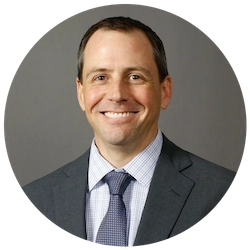One of the most frequent and destructive occurrences within schools is water leaks and the damage they cause. The impacts of water damage are surprising. On average there are 200 water damage claims costing over US$6M in EMC-insured schools annually. When a wooden gymnasium floor is involved in a claim, the average claim severity can exceed $100,000 due to the complexity of repair and remediation.
Unlike businesses with continuous occupancy, schools have many more significant periods of low or no occupancy, due to summer months and holidays. This can create conditions conducive for water leaks to occur as pipes corrode faster when not operating, but leaks will also go unnoticed, allowing severity to escalate.
EMC has expressed the difficulties with the delay of water leak detection. Policyholders do not have the full picture of the cause, time, or origin of leaks. Having comprehensive evidence of an incident and as early as possible detection is crucial for loss reduction and efficient claims management.
Current water leak solutions in the school environment have proven to be unsuccessful. Existing puck or rope sensors pose restrictive and hazardous obstructions limiting the areas they can be deployed in, leading to leaks being missed even when sensing networks are deployed.

